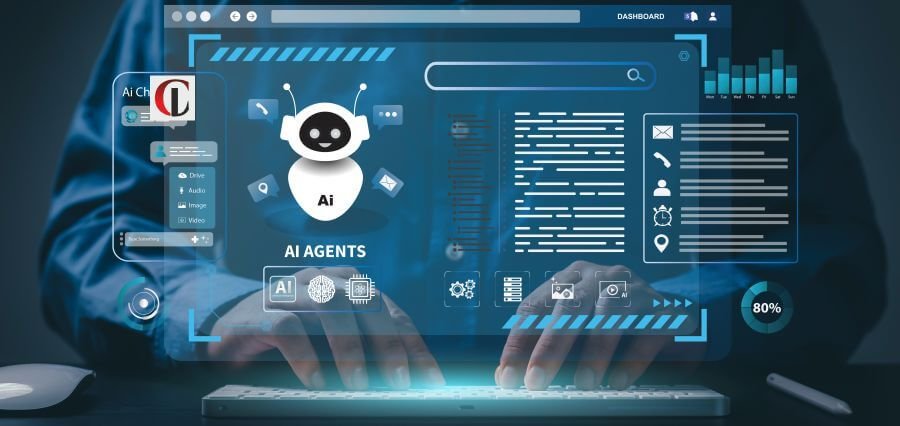In the fast-changing business world today, leadership is not merely making decisions and overseeing others—it’s about building a sustainable future. The best leaders are those capable of handling complexity, securing long-term success, and building organizations that succeed during times of uncertainty. Sustainable growth is based on a mix of vision, flexibility, and implementing strategy. Leaders who succeed with these elements at the moment not only make their organizations competitive but also drive industry innovation and society progress.
Defining Sustainable Growth Leadership
Leadership in the present day is more than mere authority. It is inspiring individuals, innovation, and decision-making for long-term stability. Sustainable growth means finding a balance between profitability and resilience, with the hope that an organization’s growth will not compromise its long-term health.
Real leadership entails making deliberate decisions to allow firms’ expansion without ever crossing ethical standards, workers’ wellness, and societal and environmental expectations. Firms that make sustainability their central approach have healthier immune systems throughout the period of economic transformations, state policies, and market disturbances.
Visionary leadership involves looking beyond the quarterly numbers but also at building a company that will be able to change and adapt over decades. It involves intense knowledge of industry trends, customer requirements, and operational effectiveness.
Vision: The Foundation of Sustainable Growth
All great leaders begin with a powerful vision. Expansion just isn’t possible without a definitive plan that places short-term objectives in perspective with long-term dreams. Vision inspires teams and keeps them energized with purpose.
A good vision should be responsive. The greatest leaders understand that industries change, technology advances, and global challenges happen. By remaining current with trends in the market as well as new possibilities, they adjust their vision without sacrificing their core mission.
Communication matters too. A leader’s vision must be effectively communicated to stakeholders, employees, and customers. When a team understands and embraces a company’s long-term goals, they are more likely to directly contribute to its success.
Strategic Decision-Making: Balancing Innovation and Stability
Sustainable growth requires leaders to balance in their actions, considering innovativeness and stability. Leveraging the new opportunities drives progress, while rapid expansion poses financial and operating risks.
Astute leaders read numbers, get recommendations from experts, and foresee new challenges before making strategic actions. They go into innovation but in a manner that it can limit risks. To illustrate, as transformative as digital transformation will be to future growth, adoption to new technology must be done in manners that improve effectiveness and not cause disruption.
The second is the capacity to be flexible. Markets change rapidly, and leadership needs to be ready to turn on a dime when needed. To have the flexibility to make the right choice in the pace of decision may be the difference between remaining ahead of and behind the competition.
Building High-Performance Teams for Sustainable Success
No single person can offer sustainable growth. Perhaps one of the most basic attributes of great leadership is the capacity to create high-performance teams. A great team is not merely a group of capable individuals but rather a cohesive group that shares a common purpose and functions in harmony in working towards it.
Recruiting the right personnel is merely the beginning. Great leaders also care about ongoing improvement, offering the opportunity for staff to grow and learn. Leadership training, mentoring initiatives, and professional development all serve to help teams stay energized and engaged.
Culture is also very significant in sustainability. Companies emphasizing transparency, collaboration, and decision-making based on an ethical compass are more effective at recruiting high-performers and sustaining long-term success. Creating a work culture that makes employees feel valued and empowered results in increased productivity and creativity.
Customer-Centric Growth: Creating Lasting Impact
Sustainable growth is reliant on understanding customers’ needs deeply. Organizations that prioritize customer experience strengthen relationships, ultimately leading to brand trust and long-term loyalty.
Sustainable growth-seeking leaders listen attentively to what the customers have to say and adapt their products to fit changing needs. They adopt digital technology and data analysis to unlock insight into consumer behavior and ensure that their strategies are relevant and effective.
Customer engagement is not about selling and marketing products or services—about delivering value. Businesses that provide tailored experiences, expecting to know what their customers need, and prioritizing ethics are leading the way in business today.
The Role of Technology in Driving Sustainable Leadership
Technology is among the strongest drivers of growth. Digitalization is leveraged by innovative leaders to optimize operational effectiveness, improve customer engagement, and spark innovation.
Automation, artificial intelligence, and data-informed decision-making enhance processes and make them economical, enabling enterprises to scale in an effective way. Technology-powered leaders transform businesses into agile forms ready for the future industry metamorphosis.
Sustainability is also carried forward to the concept of environmental responsibility. The majority of modern companies are investing in green technology and green practices for minimizing their carbon footprint. Companies concerned with the environment not only address corporate social responsibility but also attract environmentally conscious consumers.
Measuring Success: Key Metrics for Sustainable Growth
To propel sustainable leadership, success must be measured on quantifiable terms. Bottom-line numbers are still a vital measure, but they must not be the sole measure. Customer satisfaction, employee satisfaction, efficiency in operations, and contributions to society are all components of long-term success.
Leaders must have well-defined measures of performance aligned with their development goals. Regular appraisals enable strengths and weaknesses to be identified, which make companies better prepared for long-term growth strategies.
Sustainable companies also monitor environmental and social performance. Through waste reduction, philanthropy to communities, or diversity and inclusion, these function areas have a critical role to play in the long-term success of a firm.
Conclusion: Leadership That Endures
Sustained growth does not come from short-term victories but visionary, reflective leadership. Leaders who establish a powerful vision, promote innovation responsibly, construct high-performance teams, and focus on customer-centric strategies yield enduring success.
Through the marriage of ethical practice, technology use, and ongoing response to adapt to trends in the market, leaders today can develop a legacy that will survive crisis and make purposeful strides. The leadership blueprint for the times is obvious—durable success is a derivative of adherence to vision, strategy, and strategic action.





